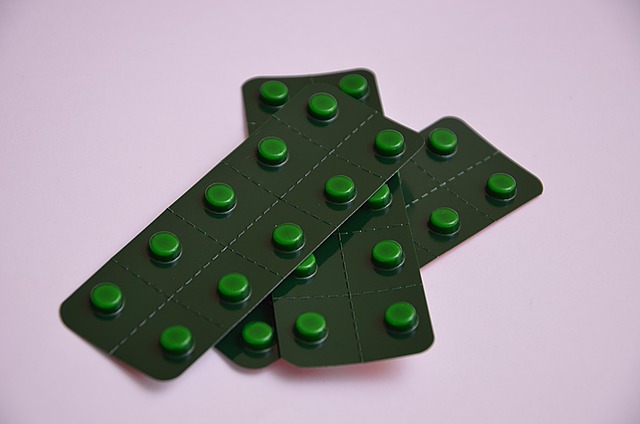Ketamine, an anesthetic used medically, offers hope for major depressive disorder as an off-label treatment. Infusion sessions involve IV administration under medical supervision, targeting brain neurotransmitters to relieve symptoms of treatment-resistant depression. Preparation includes open communication with healthcare providers about medications and concerns, wearing comfortable clothing, and arriving early. During the session, patients experience altered perceptions; recovery involves rest, hydration, and gentle exercises. Potential side effects include nausea, dizziness, and hallucinations, emphasizing the need for medical guidance post-treatment.
Discover the transformative potential of ketamine for depression treatment with our comprehensive guide. From understanding this innovative therapy to navigating the infusion process, we demystify each step. Learn what to expect before, during, and after your session, including potential side effects and recovery tips. Whether you’re considering ketamine as a treatment option or simply curious, this article provides essential insights for an informed journey towards improved mental well-being.
Understanding Ketamine for Depression Treatment
Ketamine, a powerful anesthetic and pain reliever, has gained recognition in recent years as an innovative treatment option for depression. Traditionally used in medical settings for surgical procedures, its off-label use for mental health conditions, particularly major depressive disorder, has sparked interest within the psychiatric community. This unique compound interacts with specific neurotransmitters in the brain, offering a potentially transformative experience for those struggling with treatment-resistant depression.
During a ketamine infusion session for depression, patients receive controlled doses of this medication through intravenous (IV) injection or infusion. The effects can vary from person to person, often described as a profound alteration in perception and mood. Many individuals report feeling a sense of euphoria, heightened sensory awareness, and an alleviation of depressive symptoms, sometimes offering a much-needed respite from the constant weight of despair. Understanding ketamine’s mechanism of action provides insight into why it can be effective for depression, even when other treatments have not offered significant relief.
Preparing for Your Infusion Session
Preparing for your ketamine infusion session is a crucial step in ensuring a safe and effective treatment experience. Before your appointment, be sure to inform your healthcare provider about any medications or supplements you’re taking, as well as any medical conditions or concerns. This open dialogue helps tailor the treatment to your specific needs. Additionally, wear comfortable clothing and plan to arrive early to complete necessary paperwork and pre-infusion assessments.
Remember that ketamine for depression is administered intravenously (IV), so expect a straightforward procedure setup. Your provider will monitor vital signs during the infusion, ensuring your comfort and safety at every step. It’s normal to feel a bit anxious or curious about the experience, but try to stay relaxed. Communicating openly with your healthcare team can help alleviate any worries and make your ketamine infusion session as beneficial as possible.
What Happens During the Infusion Process?
During a ketamine infusion session, a precise and controlled amount of ketamine is administered intravenously, typically over 40 minutes to an hour. This process involves a medical professional who monitors vital signs and adjusts the dosage as needed. The ketamine works quickly on the brain’s NMDA receptors, which are involved in regulating mood, memory, and pain perception. This interaction helps alleviate symptoms of depression by enhancing neural connectivity and plasticity.
The experience during infusion varies from person to person, but many report feeling a sense of detachment from their body and thoughts. Some describe vivid visual or auditory hallucinations, while others may feel an intense wave of emotions. It’s crucial to communicate any unusual sensations or feelings with the healthcare provider to ensure safety and comfort throughout the session.
Potential Side Effects and Recovery Tips
While ketamine for depression has shown promise, it’s important to be aware of potential side effects during and after a ketamine infusion session. Common experiences may include nausea, dizziness, headache, or feelings of dissociation. Some individuals might also experience anxiety or hallucinations, though these are typically temporary and less frequent. After the session, recovery time varies but generally involves resting at home for a day or two. Staying hydrated, eating nutritious meals, and avoiding strenuous activities can aid in a smooth recovery. Gentle exercises like walking or yoga may help alleviate any residual discomfort. Remember, it’s crucial to follow your healthcare provider’s instructions for optimal healing.
Ketamine for depression treatment offers a promising path for those seeking relief. By understanding the process, preparing adequately, and being aware of potential side effects, you can confidently navigate a ketamine infusion session. Remember that each individual’s experience is unique, and proper follow-up care is essential for optimal results. This innovative therapy has the potential to revolutionize depression management, providing new hope for folks struggling with this condition.
